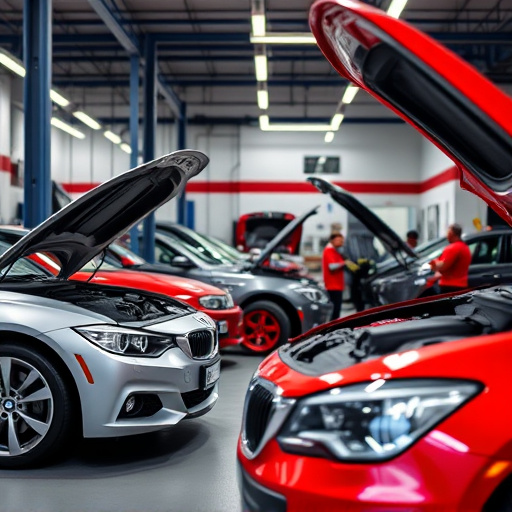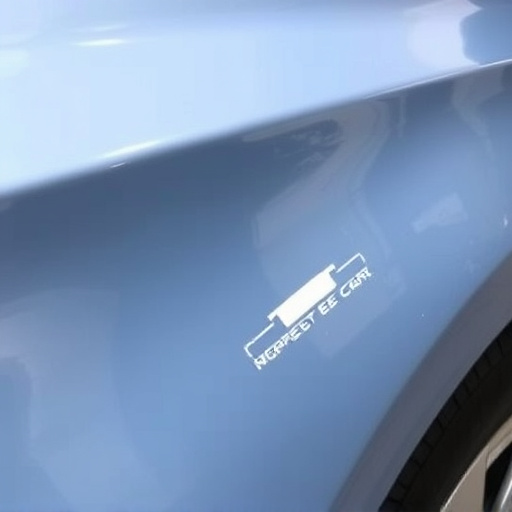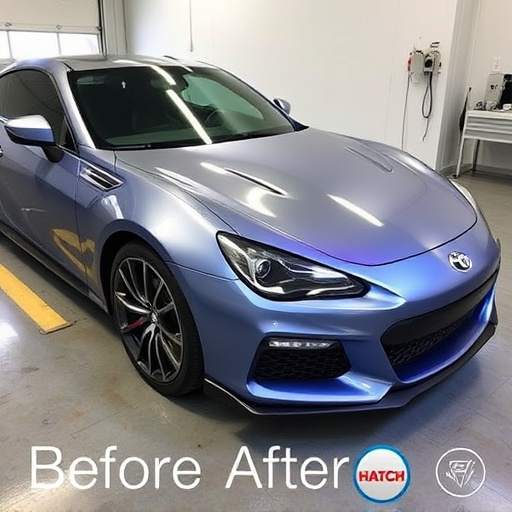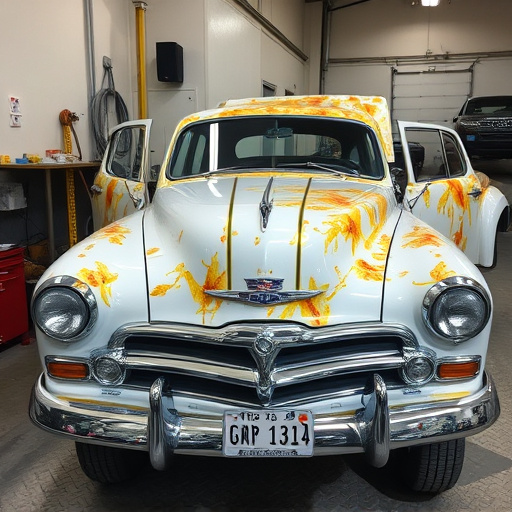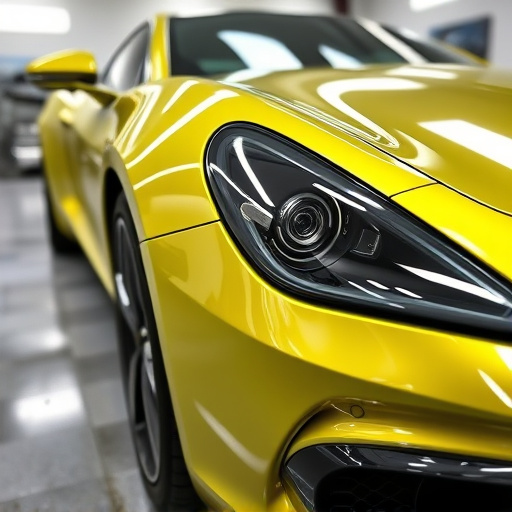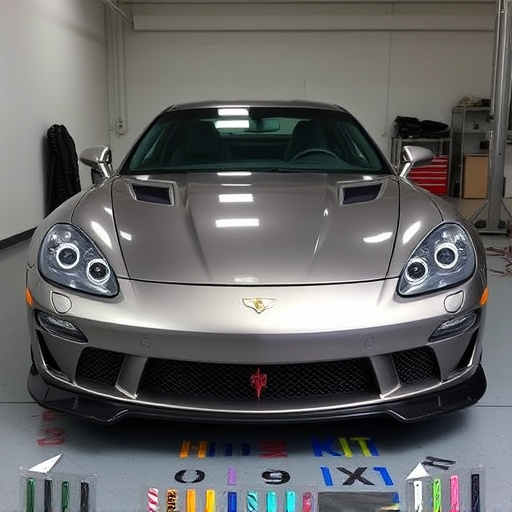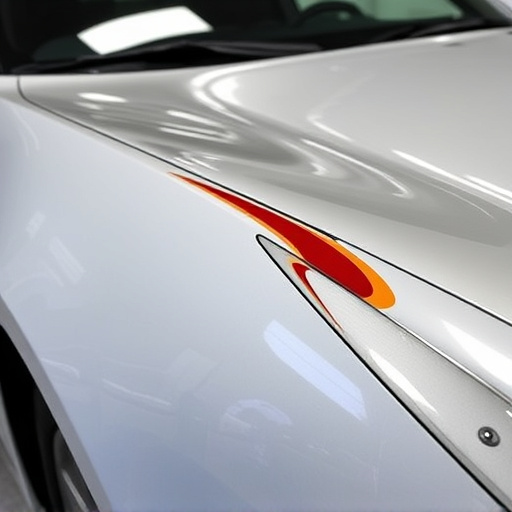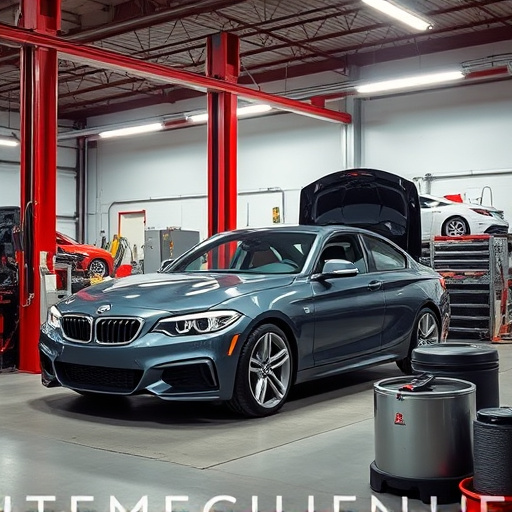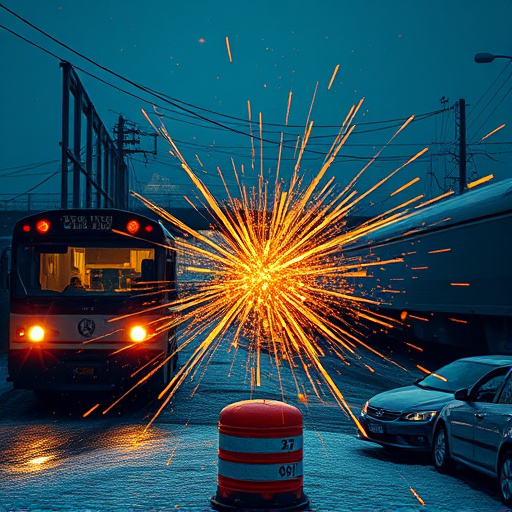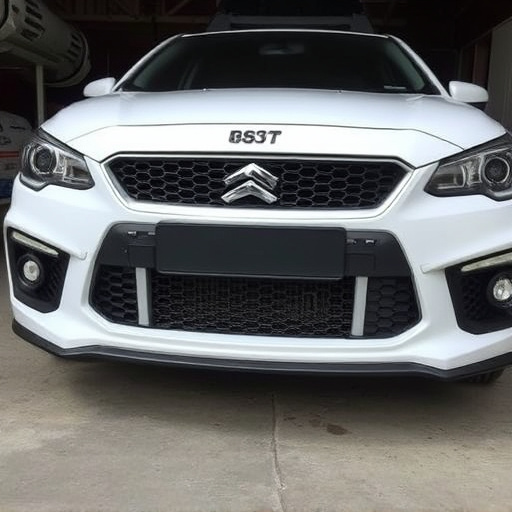Auto body repair specialists are utilizing advanced scanning, 3D imaging, robotic welding, automated paint systems, and high-performance materials to revolutionize their work. These technologies enhance precision, efficiency, quality, and speed, eliminating manual adjustments, identifying subtle deformations, predicting structural issues, and catering to diverse projects from classic car restorations to modern repairs, ultimately improving customer satisfaction.
In the realm of auto body repair, technology has revolutionized the way specialists restore vehicles to their original condition. Advanced tools and techniques are transforming the industry, offering precision and efficiency like never before. From high-tech scanning and 3D imaging for exact measurements, to robotic welding and automated paint application for consistent quality, these innovations are the backbone of modern auto body repair. Additionally, advanced materials and adhesives further enhance restoration capabilities, ensuring vehicles not only look new but also stand the test of time.
- High-Tech Scanning and 3D Imaging Techniques
- Robotic Welding and Automated Paint Application
- Advanced Materials and Adhesives for Restoration
High-Tech Scanning and 3D Imaging Techniques
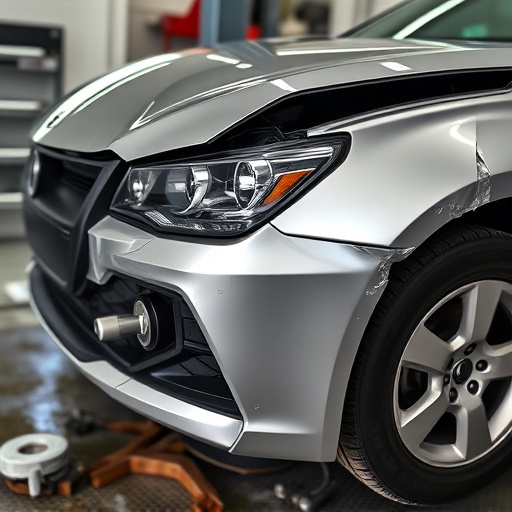
Auto body repair specialists now employ advanced high-tech scanning and 3D imaging techniques to significantly enhance their work precision and efficiency. These cutting-edge tools enable them to accurately capture and analyze car damage, including intricate panels and complex curves. With sub-millimeter accuracy, these scanners create detailed digital models of the vehicle’s exterior, serving as a reliable guide for precise repairs.
This modern approach to auto body repair goes beyond simple visual assessment. 3D imaging allows specialists to identify subtle deformations, measure damage extent, and predict potential structural issues more accurately. It facilitates efficient car restoration by providing an exact blueprint for replacing panels or parts, ensuring that every piece fits seamlessly without the need for excessive manual adjustments. This technology also aids in auto glass repair by enabling precise cuts for new glass replacements.
Robotic Welding and Automated Paint Application
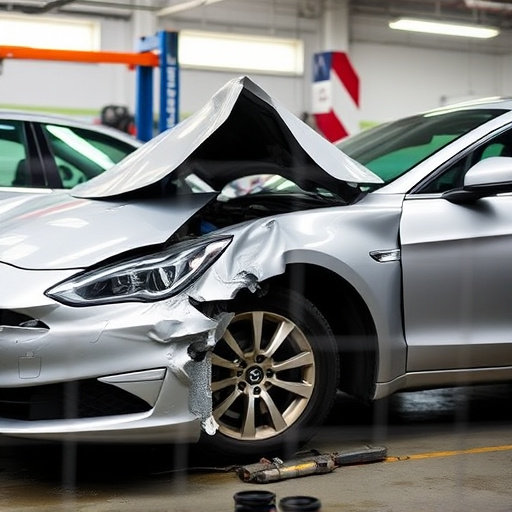
The advancements in technology have significantly transformed the auto body repair industry, enabling specialists to work more efficiently and effectively. One such innovation is robotic welding, which has revolutionized the way car bodies are joined together. These robots can perform intricate and precise welds, ensuring structural integrity and a seamless finish. This technology not only speeds up the repair process but also improves safety by reducing the risk of errors and exposure to harmful fumes.
Additionally, automated paint application systems have become a game-changer in auto body repair. These advanced machines offer consistent coating and coloring, resulting in a more uniform and durable finish. From classic car restoration projects to modern Mercedes-Benz repairs, these tools ensure that every vehicle receives a high-quality paint job. Automated systems also allow for quicker turnaround times, catering to the growing demand for scratch repair services among car owners.
Advanced Materials and Adhesives for Restoration
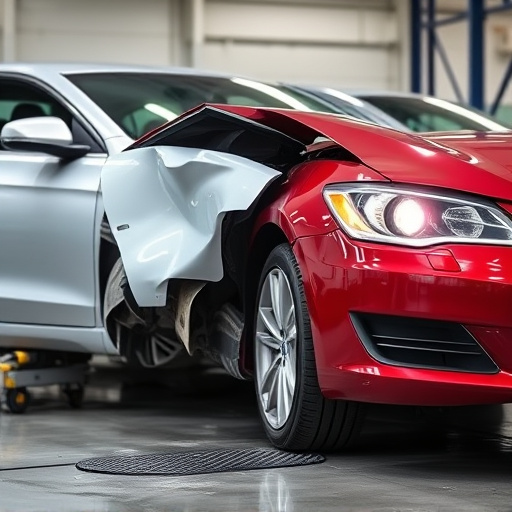
Advanced Materials and Adhesives for Restoration play a pivotal role in modern auto body repair services. Auto body repair specialists now have access to innovative materials that offer superior strength, durability, and aesthetic appeal compared to traditional options. These advanced materials include high-performance composites, lightweight alloys, and specialized paints that match vehicle manufacturers’ exact color specifications.
Autobody repairs have evolved significantly with the introduction of modern adhesives. These adhesives provide stronger bonds, faster drying times, and better resistance to environmental factors like heat, moisture, and UV radiation. This not only streamlines the repair process but also ensures that vehicles return to their pre-accident condition, enhancing customer satisfaction at collision centers.
Today, auto body repair specialists leverage advanced tools and technologies to achieve unparalleled precision and efficiency in their work. High-tech scanning and 3D imaging techniques enable detailed repairs that match original factory specifications. Robotic welding and automated paint application streamline the process, ensuring consistent quality and saving time. Additionally, advanced materials and adhesives facilitate superior restoration outcomes, enhancing the durability and aesthetics of repaired vehicles. These innovations not only elevate the standards of auto body repair but also contribute to a more sustainable automotive industry.
